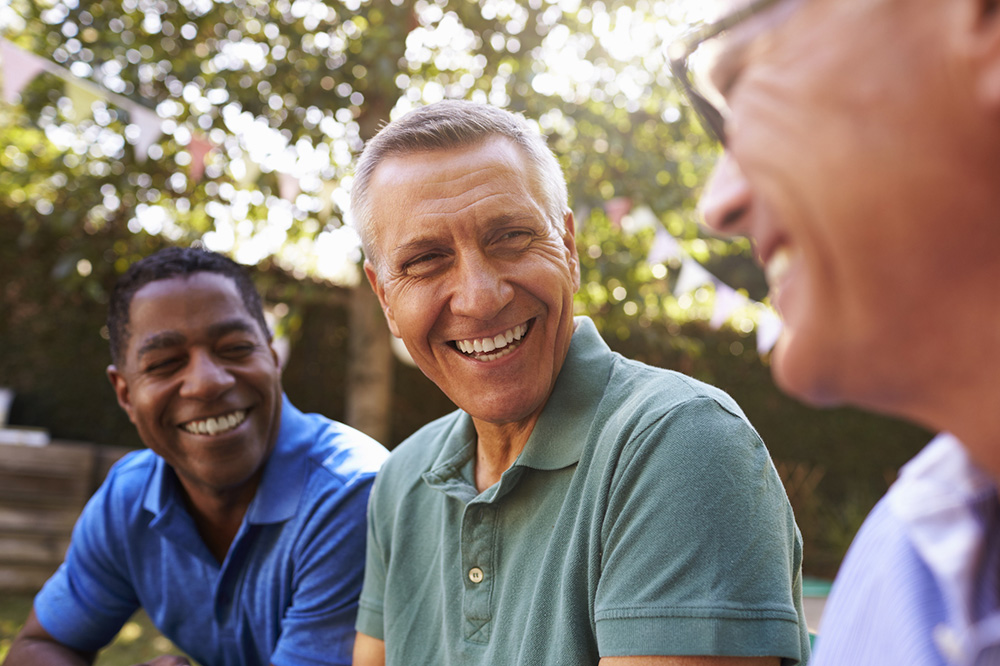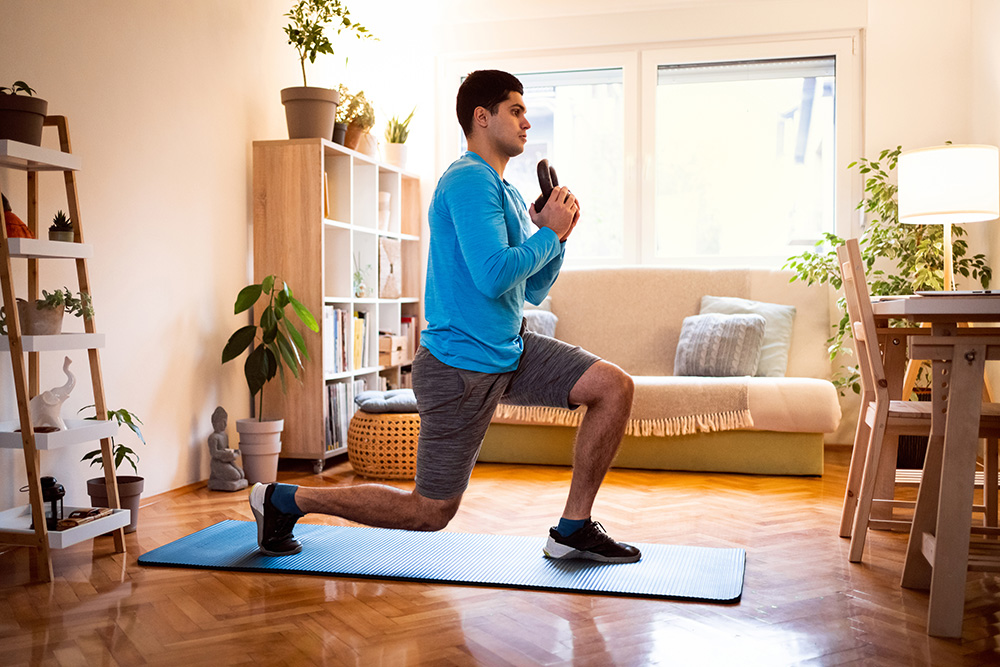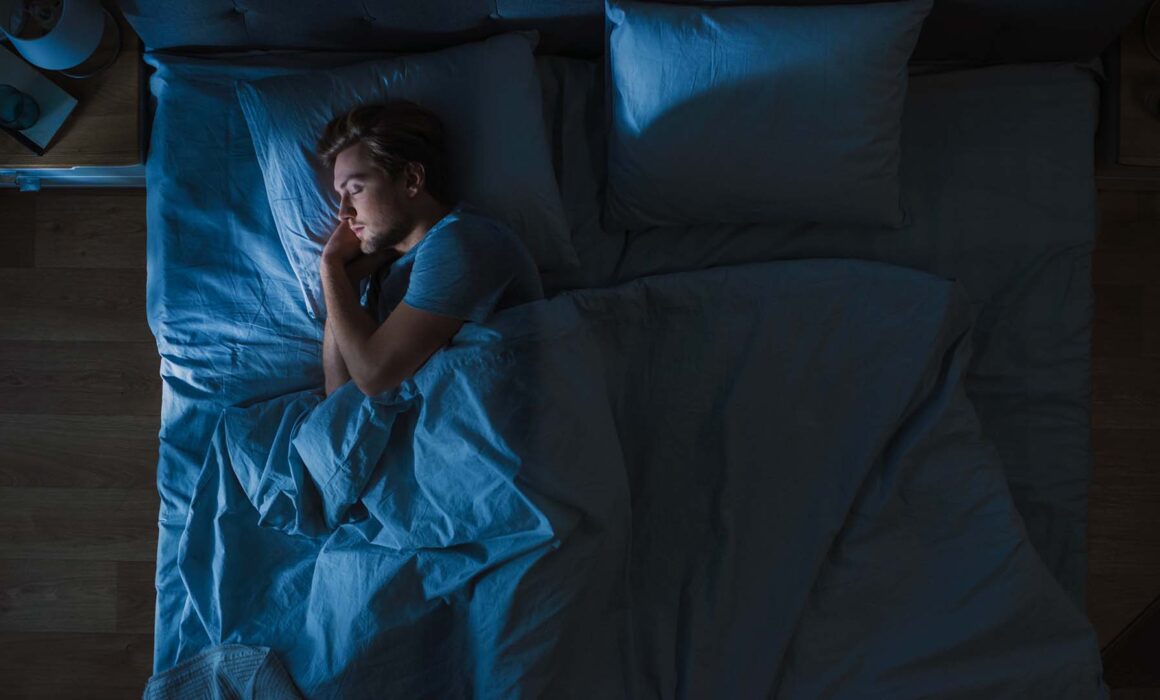5 things to make meal prep easier
When you meal prep, you mean business, you’re a man with a plan and you’re not messing around. We’ve got 5 things that will make meal prep easier. You’re welcome.
Superb storage
Having something to put your food in is, obviously, essential, and sure, you can use old takeaway containers but if you want to level up, there are some brilliant storage containers out there. Look for two-compartment containers and put your main meal on one side and snacks on the other, or if you don’t like your sauce touching your carbs split them up. Stackable containers can avoid that precarious fridge freezer Jenga situation. And glass containers are going to outlast plastic (droppages aside) and save the planet. Go you!
It may seem unnecessary to invest in containers but good ones can be game changers.
Beeswax food wraps
Like the planet? Yeah, us too. Know what’s worth buying? Beeswax food wraps. Gone are the days of clingfilm, foil or food bags being your only option. The wraps come in a variety of sizes, and you use the warmth of your hands to seal them around whatever you’re wrapping. Pretty cool. Wash them in soapy water along with your usual washing up, hang them to dry and keep reusing. Simple and effective.
A defrost tray
You should definitely be making use of your freezer if you’re trying to lose weight, whether you’re batch cooking or just buying things like meat in bulk and freezing them – your freezer is your friend. But man, you’ve got to be organised to make the most of it. If you’ve got a pack of chicken breasts ready for your meal prep session, they’re not really of much use to you if you forgot to pull them out of the freezer to defrost.
A defrosting tray promises to defrost frozen food in a fraction of the time it would take otherwise, with the manufacturers claiming they can defrost food 10 times faster than doing it in the fridge or at room temperature. Sounds dubious, but some people swear by them!
A slow cooker
You might even have one stashed at the back of a cupboard. A gift from a well-meaning relative. Well, it’s time to dust it off and fire that bad boy up. Slow cooking can take most of the work out of your weekly meal prep.
- Cook a big joint of meat
- Make a big batch of curry
- Cook up a massive pot of porridge (yes, really)
You might have grand ideas for what to meal prep. A slow cooker will do all the hard work for you.
An over-the-door food waste bin
When you’re busy chopping and peeling all the veggies needed for your meals, it’s a slog to keep going back and forth to the food bin. Keep that all-important counter space free and clean by just sweeping it all into one of these over-door food waste bins. Unnecessary? Maybe, but useful to have if you want to tidy as you go.
Of course, you really don’t need these to start meal prepping, they’re just nice-to-haves, and if you’re prepping on the regular it’s brilliant to make things easier for yourself.









